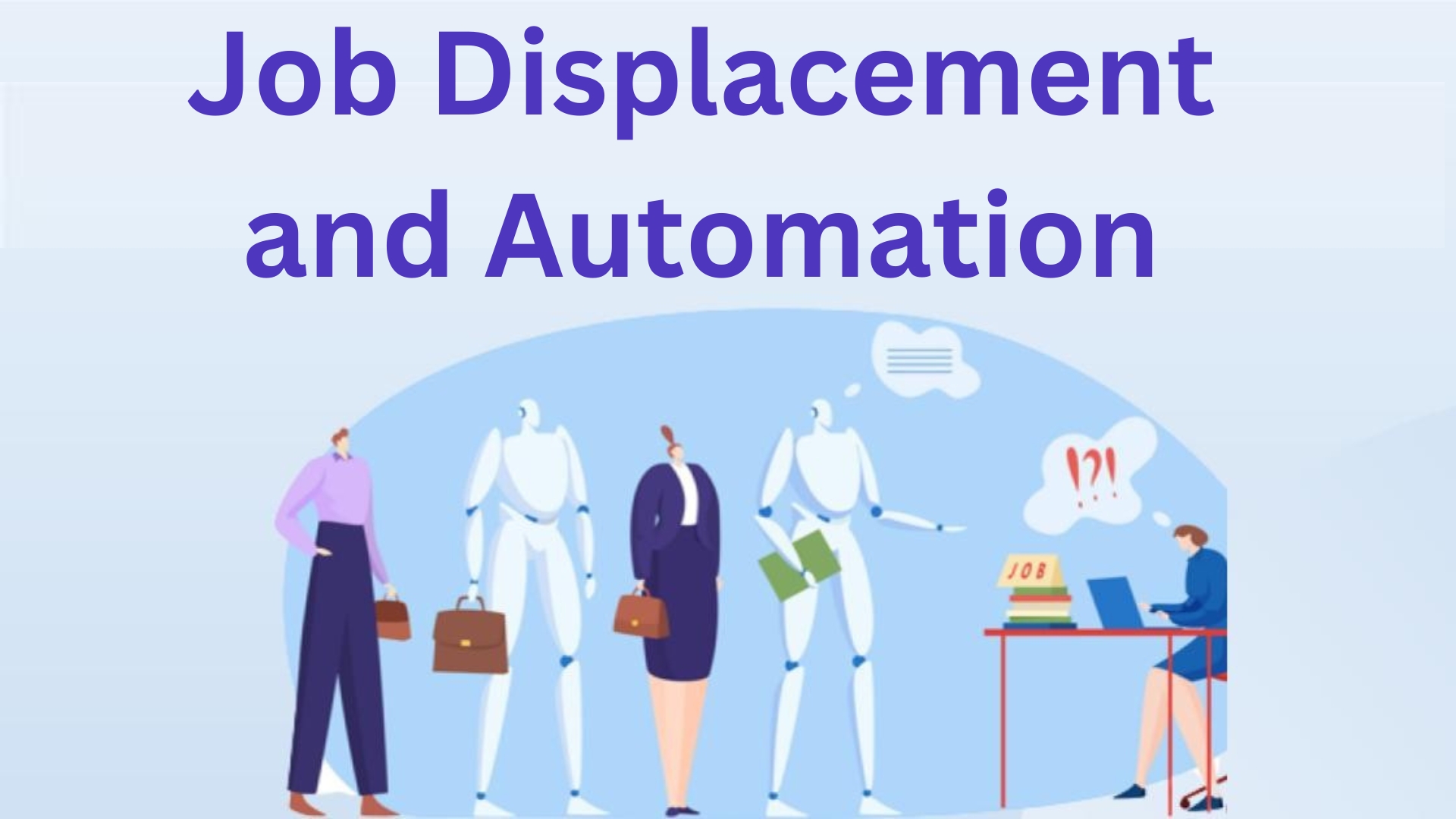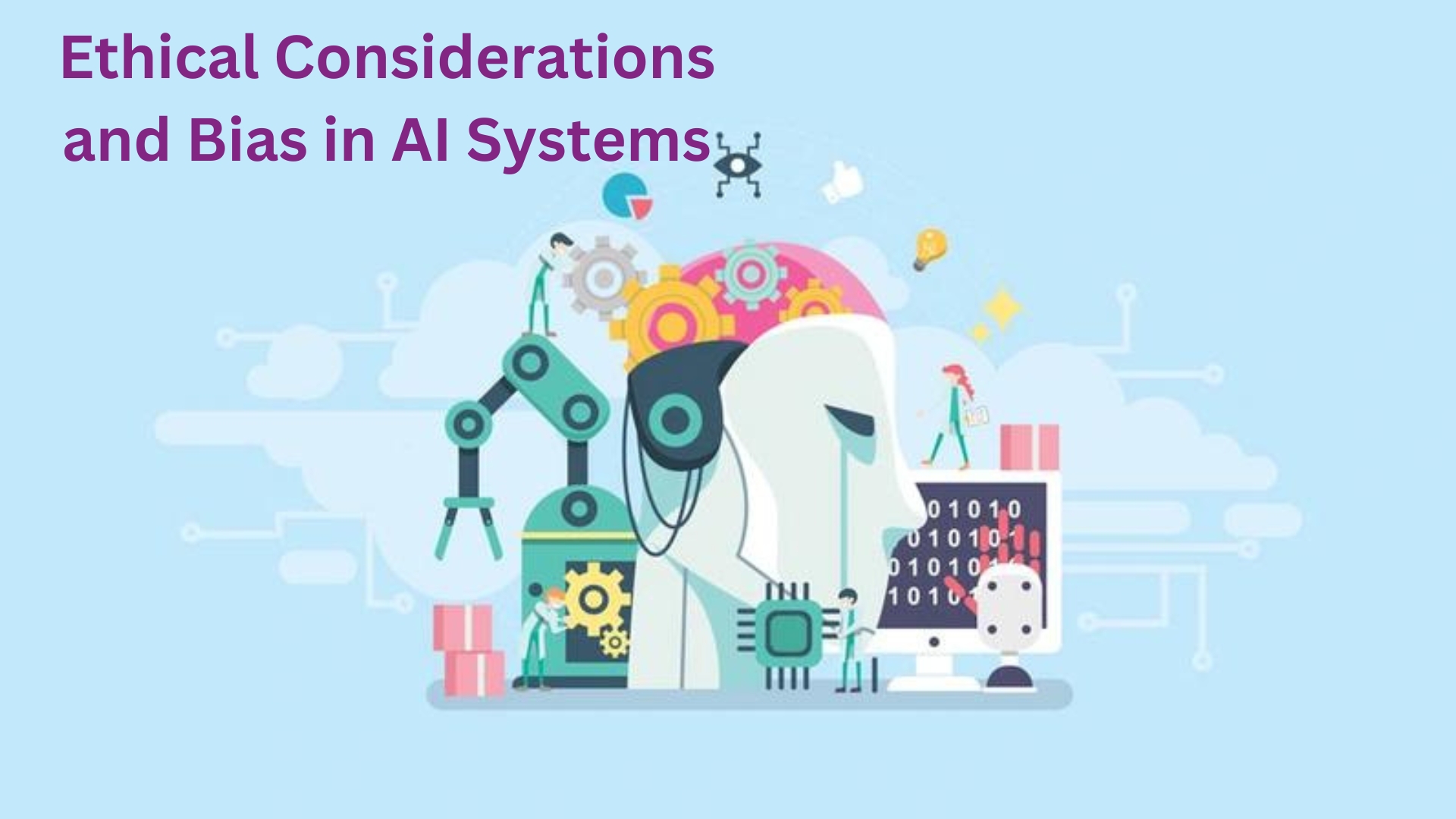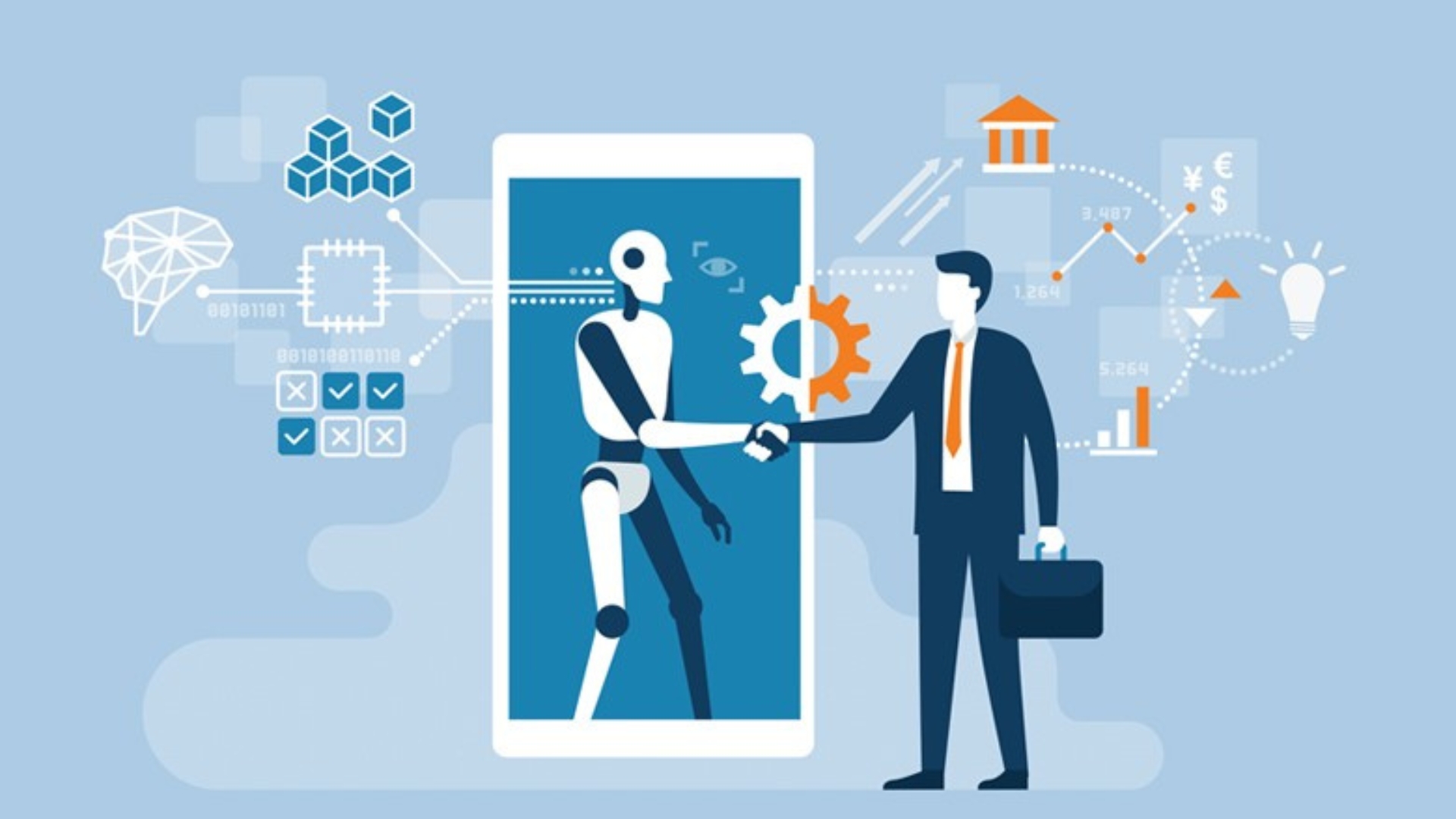Navigating AI’s Impact on Employment: Risks on the Horizon. The rise of AI has opened up new possibilities for creativity and efficiency and is already causing a stir in many businesses worldwide. But worries about the effects on jobs are growing in rhythm with the development of this revolutionary technology. Many are concerned about the impact of AI on employment, the need to reskill workers, and the state of the labor market going forward. To successfully navigate these dangers, one must have an in-depth knowledge of the possible impacts of AI and take proactive steps to lessen the impact of any unfavorable outcomes.
The Evolution of AI in the Workplace
Machine learning, NLP, and robotics are all examples of artificial intelligence technologies that gradually replace people in many routine jobs. Automation, efficiency, and cost savings result from AI-driven systems in many industries, including retail, healthcare, finance, and manufacturing. The workforce faces new obstacles due to these innovations, notwithstanding their enormous benefits.
Job Displacement and Automation

The possible elimination of specific job functions is one of the main worries about how AI will affect the labor market. Automating routine, repetitive, and rule-based tasks is a good idea. Because of this, people in the manufacturing, customer service, and data entry industries are worried about losing their jobs. A study by the McKinsey Global Institute found that by 2030, automation would force 375 million people worldwide to change careers. It must be acknowledged, however, that although AI may eliminate some occupations, it may also generate new ones and alter current ones.
Technologies powered by artificial intelligence have the potential to expand human potential and open doors for employees to acquire new skills. For example, AI systems can augment human workers in the workplace, freeing them up to concentrate on higher-level, more creative responsibilities instead of taking over entirely. The necessity for a proactive strategy in workforce development is underscored by the move towards augmentation rather than replacement.
Reskilling and Upskilling Initiatives
Reskilling and upskilling programs are crucial to overcome the obstacles given by AI-powered automation. Workers will be prepared to succeed in an AI-driven economy through these programs. Data science, cybersecurity, and artificial intelligence are new areas that require training, and the government, schools, and corporations must work together to make that training available. People can keep up with the competition in the work market and adjust to the demands placed on them by participating in programs that encourage lifelong learning.
The Gig Economy and Flexible Work Arrangements
The rise of AI-powered automation can eliminate jobs in some industries while opening the door to more adaptable work schedules for others. Digital platforms and matchmaking algorithms powered by artificial intelligence have contributed to the gig economy’s growth, defined by short-term contracts and freelance employment. Platforms like Upwork, TaskRabbit, and Uber allow workers to offer their services as needed. Nevertheless, there is an ongoing need for legal frameworks to safeguard workers in non-traditional employment arrangements from worries about job security, benefits, and labor rights in the gig economy.
Innovations in the Workforce
Because of AI’s progress, conventional job trends require reevaluation. As AI opens up more flexible employment possibilities, we see a rise in remote work, gig economy platforms, and freelancing. Problems with benefits, job stability, and workers’ rights will arise due to this change. Lawmakers and companies must adjust employment policies and regulations to keep workers safe and treated fairly in this dynamic environment.
Ethical Considerations and Bias in AI Systems

AI’s Impact on Employment: The broad use of AI poses ethical questions about equity and prejudice and its monetary ramifications. Large datasets that train AI systems may inadvertently reveal preexisting social biases and disparities. Such biases have the potential to sustain discrimination in decision-making domains such as lending, hiring, and more in the absence of rigorous regulation and algorithmic transparency. Computer scientists, ethicists, legislators, and community members must work together across disciplines to combat algorithmic bias and create AI systems that are both fair and responsible.
Universal Basic Income and Social Safety Nets
Concerns about social safety nets and universal basic income (UBI) have grown in recent years due to the impact of AI-driven automation on the labor market. The goal of the universal basic income (UBI) policy is to provide financial stability in this age of technological upheaval by ensuring that all individuals, regardless of their job status, receive a periodic cash transfer. Those in favor of UBI say it can help people escape poverty, encourage entrepreneurship, and give them the freedom to do something they find personally fulfilling. Nevertheless, there is still much discussion regarding the practicality and effects of UBI. Opponents point out issues with cost, disincentives to labor, and unforeseen repercussions.
Global Implications and Disparities
There may be regional and national inequalities in the effect of AI on the labor market because this phenomenon is not global. Developing countries may find it more challenging to keep up with the changes by AI, in contrast to developed nations with strong educational institutions and infrastructure.
Collaboration on a global scale is crucial to resolving these discrepancies. To help their developing-world counterparts create effective AI strategies, developed nations can share their experience and resources. Initiatives like skill exchange programs and technology transfer can help bridge the gap and ensure that AI’s benefits reach more evenly across people worldwide.
Navigating AI’s Impact

Despite the risks posed by AI’s impact on employment, proactive measures can mitigate adverse consequences and harness its potential for societal benefit:
- Investment in Education and Training: Governments and businesses should prioritize investments in education and training programs to equip workers with the skills needed for AI-related jobs.
- Promotion of Lifelong Learning: Encouraging a culture of lifelong learning is essential to enable individuals to adapt to evolving job requirements and technological advancements.
- Support for Displaced Workers: Comprehensive support systems, including unemployment benefits, job placement services, and retraining programs, are crucial for workers displaced by AI-driven automation.
- Regulation and Oversight: Policymakers must enact regulations to ensure ethical AI deployment, protect workers’ rights, and mitigate algorithmic biases in employment decisions.
- Collaboration and Dialogue: Stakeholders from government, industry, academia, and civil society should engage in constructive dialogue to address the multifaceted challenges posed by AI’s impact on employment.
Conclusion
As AI becomes more prevalent in the workplace, there will be benefits and drawbacks for people, companies, and society. Automation powered by artificial intelligence (AI) could boost production and the economy, but it could also lead to problems like social inequality, algorithmic bias, and the loss of jobs. Reskilling programs, legal frameworks, and ethical standards for AI deployment and development are proactive steps necessary to navigate these hazards. Lastly, Societies may take advantage of AI without letting technology ruin jobs and everyone’s quality of life, provided they encourage cooperation between stakeholders and promote lifelong learning.


